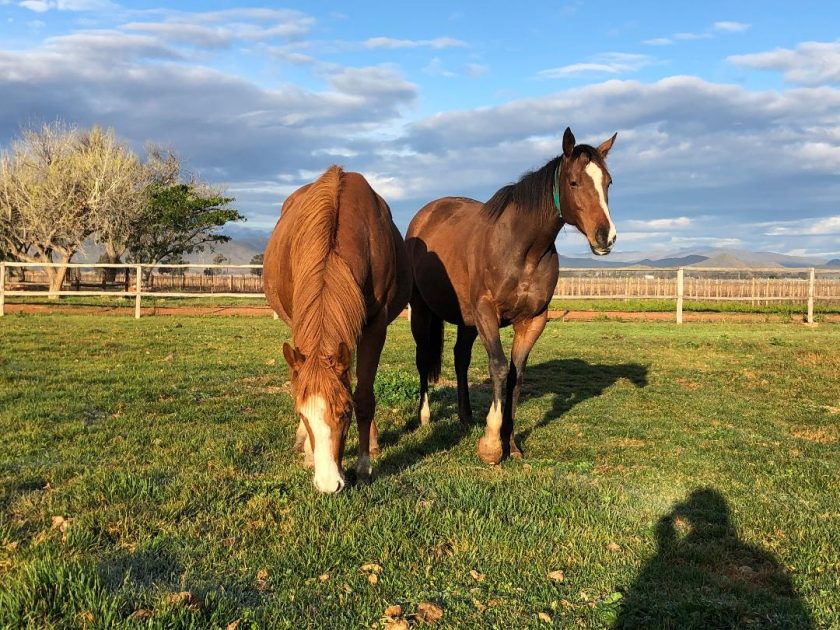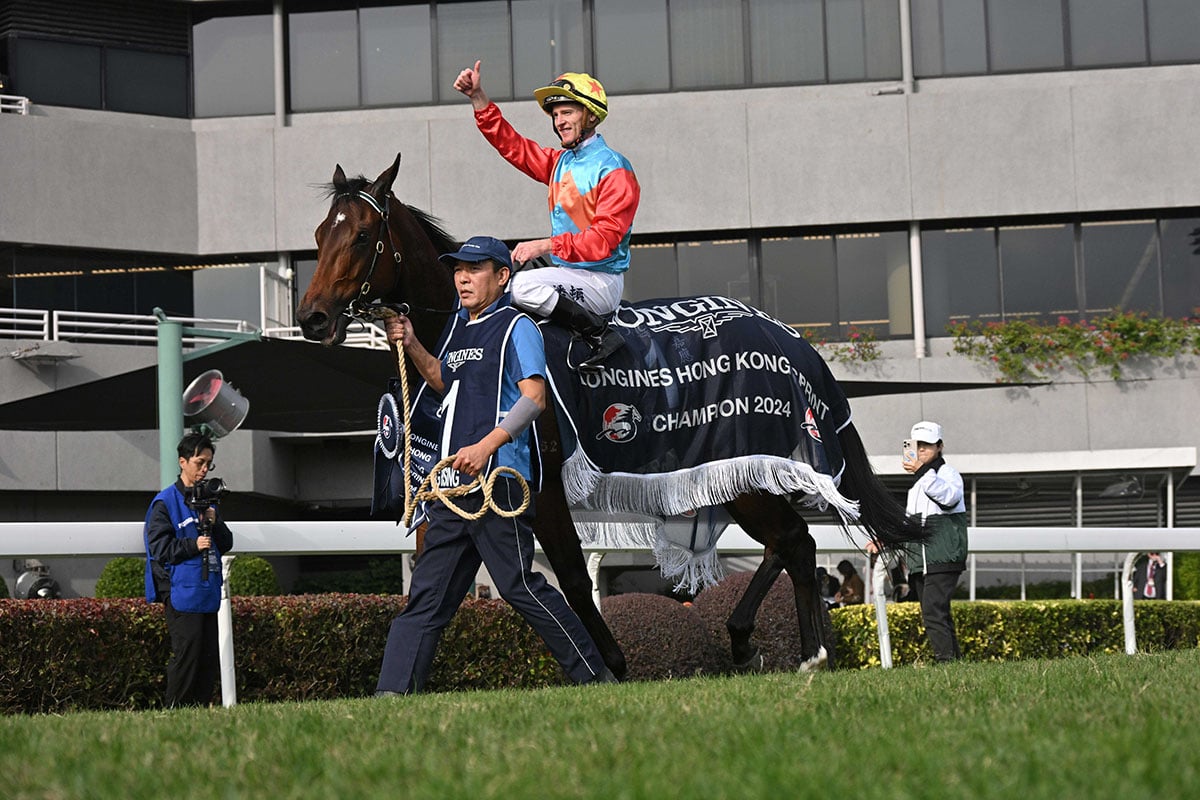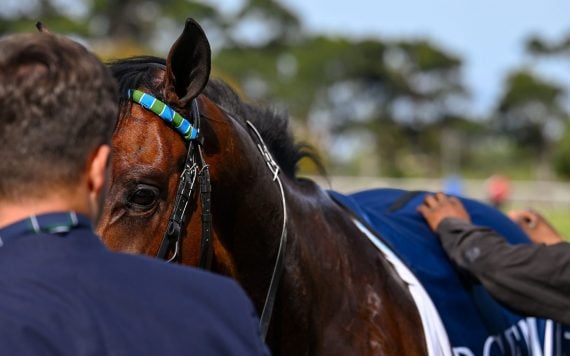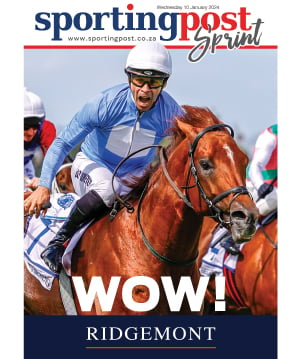At 3.00 am my sleep is interrupted by the clatter of an empty trailer and the roaring engine of a tractor. There are about half a dozen tractors and trailers ferrying grapes from vineyard to cellar, keeping up their relay throughout the night, until the morning sun gets too hot.
The noise varies; when a laden trailer passes, there is a different pitch to the sound of the tractor’s engine.

Normandy’s Oscar Foulkes writes that the same limestone that is beneficial to the production of top-quality wine is an important contributor to the raising of top-class racehorses.
For over 150 years, my family has been doing both on contiguous farms close to Ashton.
The classification of racehorses is based upon their finest performances in the most competitive of racing events. The winning post is an objective arbiter that brooks no debate.
Conversely, for wine, any kind of ranking is entirely subjective, although the Bordeaux Classification of 1855 attempted some kind of objectivity by basing the ranking on reputation and price. Hence, we have the famous First Growths, Chateaux Lafite, Latour, Margaux, Haut-Brion and Mouton-Rothschild. These are the premier cru (and what a crew they are).
The Classification (or cru classé) went as far as second, third, fourth and fifth growths. Over the course of the roughly 170 years since the original classification, there has been a great amount of fluidity in the quality of wine produced, regardless of the original ranking.
Super Seconds are not First Growths, but “consistently deliver wines on par, or sometimes better, than these top names while still coming with lower price tags”. To be clear, these aren’t necessarily Second Growths or even the second wines of top chateaux.
It is in the spirit of the Super Seconds designation that we look forward to the BSA Cape Yearling Sale.
See the catalogue here.
Despite the upward trajectory of its median and average prices in recent years, it’s not a sale that (yet) has the ‘Select’ reputation of either CPYS or NYS. The prices will be a long way short of the stellar outcome of January’s CPYS.
In short, it’s the ideal auction to stock up on prospects for the growing opportunities open to racehorses in the Cape (and further afield).
It’s at a previous version of the same sale that we sold the future Champion (and Champion-producer), Mother Russia.
Incidentally, in the same draft as Mother Russia, we had the Grade One SA Fillies’ Sprint winner, Captain’s Gal. On a quick glance through the other horses on the sale that year, Big City Life pops up as a notable graduate. Super Seconds indeed.
There is a further interesting parallel with the Bordeaux wine market. Each year, in March, the previous year’s wines are offered for sale with delivery in the future, once they have been bottled and labelled.
These En Primeur wines are still in barrel, and like yearling Thoroughbreds, will continue to develop. While one has a glimpse at future promise, what is currently being offered is not the finished article. Great rewards await the judges who can see what others cannot.
We’ve had to withdraw one of our colts, and excepting the one ‘as agent’ filly, we have 12 yearlings on offer, which happens to be the number of bottles in an old-school case of wine. Continuing our commitment to sell all our yearlings in the Cape, we would have offered almost our entire crop by the end of February.
Two of our forthcoming draft are out of daughters of Nordic Vine, from a family with numerous names that have wine references, beginning with her granddam, Sauterne. Of course, Sauternes (note the minor misspelling of the mare’s name) is the part of Bordeaux famous for its sweet wines. Top of this classification is Chateau Yquem.
Appropriately, Yquem was the name chosen for the Fillies Guineas-winning full-sister to Nordic Vine’s dam.
We believe that we have a … um … vintage crop for the Cape Yearling Sale and look forward to showing them to you from 23 February.










